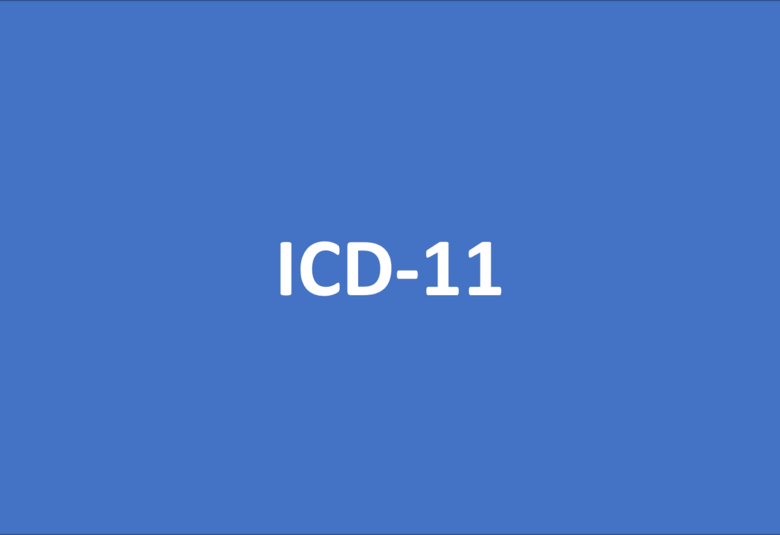Dr Miquel Bioque, Hospital Clinic, Barcelona, talks to our correspondent about the need to change goal posts when managing patients with schizophrenia, depending on the phase of the treatment, as well as the importance of agreeing goals with the patient.
Changing goals in schizophrenia management
“Of course, treatment goals when managing patients with schizophrenia change. It all depends on the phase of the treatment,” Dr Miquel Bioque said. Thus, during a first, psychotic phase or during a relapse, the goal is to treat positive symptoms as well as to ensure the security of the patients and their environment. Generally, Dr Bioque is managing inpatients at this stage (depending on the severity of the episode) and his primary concern is the patient’s ability to tolerate any antipsychotic agent given and the successful management of any side-effects that arise.
Post-discharge, the treatment goals centre around the patient having good self-awareness and appreciation of their condition as well as therapeutic compliance. “Adherence to therapy is important, however, around 60% of patients will discontinue treatment or are only partially compliant,” Dr Bioque reported. Compliance in outpatients declines overtime and may, in part, be due to the agnosia component of schizophrenia – with patients failing to recognise that they are unwell. Frequently, patients don’t realise that antipsychotic therapy is likely to be chronic – so a key goal at this stage is attainment of long-term compliance.
Once stable, the goals change again to reflect those of rehabilitation and the attainment of normal functionality for the patient, be this holding down employment, enjoying social activities or having a good family life.
Owning goals, common goals
The treatment goals agreed with the patient, often with the collaboration of their family or other supporters, influence treatment decisions greatly. Often, physician and patient treatment priorities differ, so matching these and generating a workable treatment plan with common goals is crucial.
Achieving treatment goals often hinges on attaining a balance between efficacy and tolerability and is particularly relevant when considering classic antipsychotics – the physician seeks to manage positive symptoms without generating secondary issues. Unfortunately, markers don’t yet exist to allow the personalisation of therapy so, essentially, the physician is working blind at the start of treatment. Generally one third of patients will respond well to the first antipsychotic therapy given, one third will respond albeit sub-optimally to therapy, possibly requiring a switch in atypical antipsychotic or the addition of adjuvant therapy to manage co-morbid conditions, and one third of patients will exhibit resistant schizophrenia.
Dr Bioque believes that the new generation of atypical long-acting injectable antipsychotics have an increasing role to play in the successful management of patients with schizophrenia. The pharmacodynamics properties of these agents means that relatively stable drug levels can be maintained and, thus, that good response rates for positive symptoms can be attained. Relapses due to poor adherence, with their consequent worsening of patient prognosis can be overcome because injectables are administered on a monthly basis. Finally, as no new drugs are on the horizon, until something new becomes available, using long acting injectable seems a sensible approach to preventing worsening of a patient’s prognosis.
Netting benefits sooner – strike early
As Dr Bioque said, “We don’t have anti-schizophrenia therapies – we have antipsychotics. We need agents to tackle the negative, affective and cognitive symptoms and these are the targets for the new drugs currently being studied. Usually, older generation long-acting injectables are reserved for patients who had experienced multiple episodes but things have changed - we need to give the newer long-acting agents earlier and not wait until it’s too late to counter the inevitable cognitive effects and irreversible neuroanatomical progression that multiple episodes produce.”
Our correspondent’s highlights from the symposium are meant as a fair representation of the scientific content presented. The views and opinions expressed on this page do not necessarily reflect those of Otsuka and Lundbeck.




